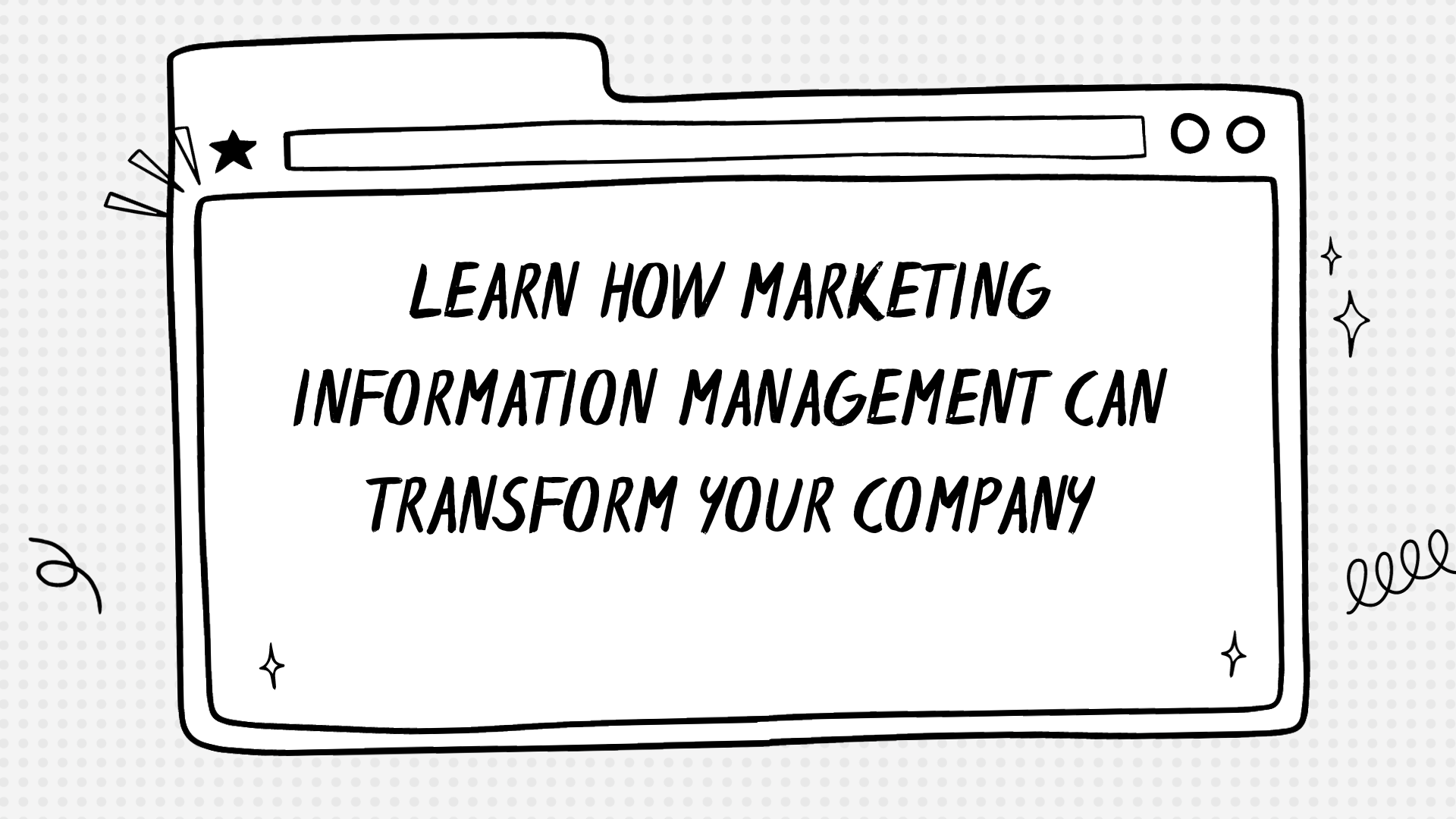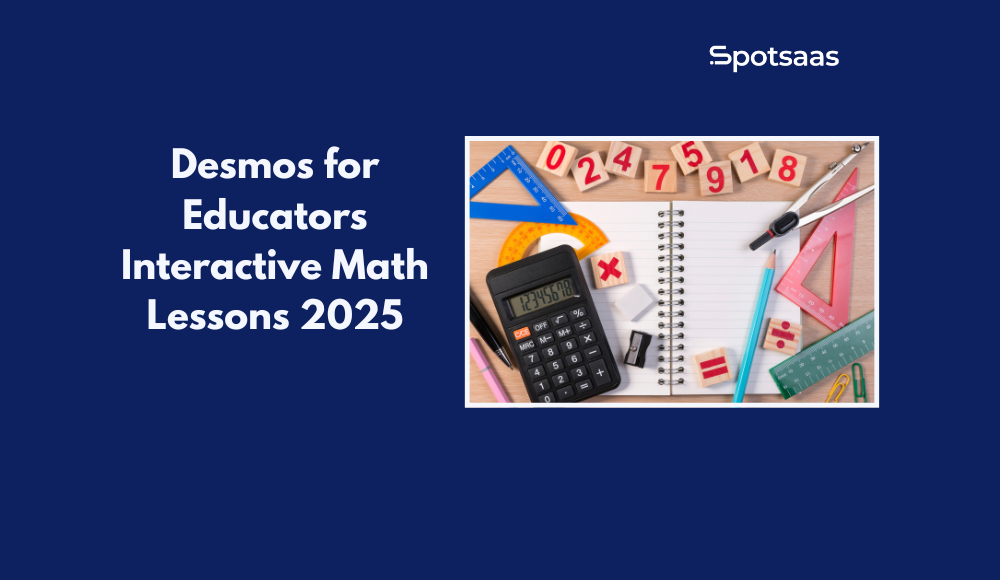It was through tireless exploration and research that we stumbled upon Marketing Information Management (MIM) – a potent solution for collecting, deciphering, and utilizing market data to enhance our business tactics.
Key Takeaways
- Marketing Information Management (MIM) involves gathering, organizing, analyzing, and utilizing data related to marketing operations.
- MIM helps businesses make informed marketing decisions by providing valuable insights into consumer behaviour and market trends.
- MIM benefits include improved decision-making, enhanced customer understanding, increased competitiveness, cost efficiencies, better campaign performance, enhanced brand management, real-time tracking capabilities, and streamlined marketing operations.
Defining Marketing Information Management
Marketing Information Management (MIM) refers to the process of gathering, organizing, analyzing, and utilizing data and information related to marketing operations.
The purpose and definition of MIM
Marketing Information Management, often abbreviated as MIM, is a vital process that revolves around the collection and handling of important marketing data. This crucial information encapsulates aspects like consumer behaviour and competitive analysis.
The primary aim of this system is to forge value by scrutinizing data focused on consumer preferences and market trends. By applying this knowledge, businesses can enhance their understanding of their customers, aiding in more informed decision-making processes.
Through its comprehensive scope involving operations such as the management of digital assets and rigorous market research, MIM empowers businesses to refine their marketing strategies effectively.
Components of MIM
Let’s dive into the different components that make up Marketing Information Management (MIM). These elements are central to understanding MIM:
| Component | Description |
|---|---|
| Data Gathering | Collecting consumer data and competitive intelligence. |
| Market Research | Studying market behaviour, trends, and customer preferences. |
| Internal Data | Using past campaigns and sales reports for insights. |
| Digital Assets | Managing digital content like websites, blogs, and social media. |
| Market Planning | Strategic planning for marketing based on analyzed data. |
| Analyzing Market Data | Assessing data to obtain actionable marketing insights. |
| Organizing Marketing Operations | Streamlining marketing activities through efficient management. |
Check out Marketing Automation software which will make your life easier.
Who can benefit from MIM
Both small businesses and large corporations can greatly benefit from the implementation of Marketing Information Management (MIM). It caters to a wide array of industries including retail, healthcare, finance, and technology.
MIM provides invaluable insights into consumer behaviour and preferences that enable companies to tailor their offerings accordingly. Even non-profit organizations can optimize their outreach strategies based on data accumulated through MIM.
Furthermore, market researchers who collect data about different market segments find this system extremely useful for organizing and analyzing information better. Ultimately, any entity seeking to make informed marketing decisions could use MIM as it paves the way towards strategically planning successful campaigns based on credible data analysis.
Importance of Marketing Information Management
Using Marketing Information Management (MIM) is essential for making informed marketing decisions and staying ahead of the competition.
Benefits of using MIM
Using Marketing Information Management (MIM) offers several benefits, including:
Marketing Information Management Benefits
| Benefit | Description |
|---|---|
| Improved decision-making | Enables informed marketing decisions via insights into consumer behavior and market trends. |
| Enhanced customer understanding | Deeper understanding of target audience through analysis of market data and consumer preferences. |
| Increased competitiveness | Stays ahead by monitoring competitors and identifying market opportunities through data analysis. |
| Cost efficiencies | Optimizes marketing efforts and resource allocation through better data organization and analysis. |
| Better campaign performance | Improves campaign performance and ROI by tailoring marketing strategies to specific customer segments. |
| Enhanced brand management | Maintains strong brand image by monitoring brand perception through data collection and analysis. |
| Real-time tracking | Facilitates assessment and adjustments by tracking marketing initiatives in real-time. |
| Streamlined marketing operations | Increases efficiency by organizing marketing activities and facilitating collaboration within a centralized system. |
Common pitfalls
There are a few common pitfalls to watch out for when it comes to marketing information management. These include:
Marketing Challenges
| Challenge | Description |
|---|---|
| Neglecting data security | Failing to implement proper measures to protect consumer data can lead to breaches and compromised trust. |
| Relying on outdated information | Using old or inaccurate data can result in misguided marketing strategies and missed opportunities. |
| Overlooking data quality | Utilizing unreliable data can skew analysis and hinder decision-making. |
| Lack of integration | Not integrating different data sources can lead to fragmented insights and limited market understanding. |
| Insufficient training | Without effective training, employees may struggle to extract meaningful insights from data. |
| Not aligning with business goals | Failing to connect marketing information efforts with business objectives can result in wasted resources and ineffective strategies. |
Creating a Marketing Information Management Strategy
To create a successful Marketing Information Management (MIM) strategy, it is important to set clear goals, identify relevant metrics, and communicate with all relevant departments.
Additionally, utilizing tools for data gathering and analysis will help track progress and make informed marketing decisions.
Setting goals
Setting goals is a crucial step in marketing information management. By establishing clear objectives, businesses can focus their efforts and measure progress effectively. Setting goals helps guide the collection and analysis of data, ensuring that it aligns with the desired outcomes.
Whether it’s improving customer satisfaction, increasing market share, or launching a new product successfully, having specific goals provides direction for marketing strategies. Goals should be SMART (specific, measurable, attainable, relevant, and time-bound) to ensure they are realistic and achievable.
With well-defined goals in place, businesses can track their progress and make informed decisions based on the analysis of market data and consumer behaviour.
Identifying metrics
Identifying metrics is a crucial step in creating an effective marketing information management strategy. Metrics are measurable indicators that help track and evaluate the success of marketing efforts.
By identifying the right metrics, businesses can gain valuable insights into their performance and make data-driven decisions. Key metrics such as customer acquisition cost, conversion rate, and ROI can provide valuable information about the effectiveness of marketing campaigns.
These metrics not only help businesses monitor their progress but also enable them to make necessary adjustments to improve outcomes. With a clear understanding of which metrics matter most, businesses can focus on optimizing their marketing strategies for greater success.
Informing relevant departments
Marketing information management plays a crucial role in informing relevant departments within a business. By collecting, analyzing, and distributing data, MIM ensures that all departments have access to accurate and up-to-date market information.
This helps teams make informed decisions and develop effective marketing strategies. For example, the sales team can benefit from consumer data and competitive intelligence to better understand customer preferences and tailor their approach accordingly.
The product development department can use market research insights to identify trends and opportunities for new products or improvements to existing ones. By keeping everyone informed with valuable market data, MIM promotes collaboration between departments and contributes to overall organizational success.
Tools for MIM
Marketing information management utilizes various tools to gather, analyze, and distribute data for effective marketing strategies. Some of the tools used in MIM include:
Marketing Tools
| Tool | Description |
|---|---|
| CRM Software | Manages and analyzes customer data, tracks interactions, and enhances customer relationships. |
| Marketing Automation Platforms | Automates repetitive marketing tasks, enabling marketers to focus more on data analysis. |
| Data Visualization Tools | Presents complex data in an accessible manner using charts, graphs, and dashboards. |
| Social Media Monitoring Tools | Provides insights into website traffic, user behaviour, and other key performance indicators. |
| Web Analytics Software | Provides insights into website traffic, user behavior, and other key performance indicators. |
| Survey Research Tools | Enables the collection and analysis of feedback or research data through surveys. |
Implementation and progress tracking
Implementing a marketing information management strategy is crucial for businesses to effectively gather and use data. Here are some key steps to follow when implementing and tracking progress:
| Step | Description |
|---|---|
| Establish Clear Goals | Define objectives such as improving customer understanding, increasing sales, or enhancing marketing effectiveness. |
| Identify Relevant Metrics | Determine metrics and KPIs like customer satisfaction, website traffic, or conversion rates to measure progress. |
| Inform Relevant Departments | Ensure all involved departments understand the strategy and their role in its implementation. |
| Utilize Appropriate Tools | Select tools and technologies like CRM systems or data analytics software for data management and analysis. |
| Monitor Progress Regularly | Track and analyze data continuously, reviewing key metrics and adjusting the strategy as needed. |
| Adapt as Necessary | Be flexible to make changes based on feedback and new insights to ensure ongoing improvement. |
How to make MIM more efficient
Boosting efficiency in MIM can be achieved through cross-functional collaboration, integrating external tools, and automation.
Cross-functional collaboration
Cross-functional collaboration plays a crucial role in marketing information management. By bringing together individuals from different departments, such as sales, marketing, and customer service, businesses can gain valuable insights and perspectives.
This collaboration allows for the sharing of knowledge and expertise to better understand consumer behavior and market trends. When various teams work together towards a common goal, they can utilize their unique skills to analyze market data, identify patterns, and make informed marketing decisions.
Through cross-functional collaboration, businesses can optimize their marketing strategies by leveraging the strengths of each department and ensuring that everyone is aligned with the overall objectives of the organization.
Efficient cross-functional collaboration also promotes efficient communication within an organization. Teams can share relevant data more effectively, resulting in improved coordination between departments.
By breaking down silos and fostering open lines of communication across different functions, businesses can enhance their ability to gather accurate market information and respond quickly to changes in consumer preferences or industry trends.
Integrating external tools
Integrating external tools is a key step in making marketing information management more efficient. It allows businesses to leverage additional resources to gather, analyze, and interpret data. By integrating external tools into their MIM strategy, businesses can enhance their ability to make informed marketing decisions.
| Strategy | Description |
|---|---|
| Partnering with Market Research Firms | Engage with external firms for access to specialized expertise and resources in conducting market research. |
| Utilizing Social Media Monitoring Tools | Employ tools to track social media mentions, sentiment, and engagement for real-time brand and customer insights. |
| Adopting Marketing Analytics Software | Use software to organize, analyze, and visualize marketing data, identifying patterns and trends in marketing efforts. |
| Implementing CRM Systems | Integrate CRM systems to centralize customer data, aiding in targeted marketing campaigns and personalized communication. |
Automation
Automation plays a crucial role in making marketing information management more efficient. By automating the collection, analysis, and distribution of data, businesses can streamline their processes and save valuable time and resources.
Automated tools can gather data from various sources, such as market research surveys or social media platforms, and analyze it to provide actionable insights. This not only improves the accuracy of the data but also helps businesses make informed marketing decisions based on real-time information.
With automation, marketing teams can focus on interpreting the results instead of spending hours manually collecting data. By harnessing the power of automation, businesses can stay ahead in a fast-paced digital landscape and optimize their marketing strategies effectively without being overwhelmed by large amounts of data.
Conclusion
In conclusion, understanding marketing information management is crucial for businesses looking to make informed marketing decisions. By gathering, organizing, and analyzing market data such as consumer behaviour and competitive intelligence, businesses can gain valuable insights into their customers and improve their marketing strategies.
With the right tools and a strategic approach to MIM, businesses can effectively organize their marketing operations and achieve success in today’s competitive marketplace.
FAQs
1. What is marketing information management?
Marketing Information Management involves the collection, analysis, and interpretation of data to make informed marketing decisions.
2. Why is marketing information management important for businesses?
Effective marketing information management helps businesses understand customer needs, identify market trends, and make strategic decisions that lead to successful marketing campaigns.
3. How can a business gather relevant marketing information?
Businesses can gather relevant marketing information through methods such as surveys, interviews, focus groups, online research, and analyzing sales data.
4. What are the benefits of using technology for marketing information management?
Using technology for marketing information management allows businesses to automate data collection processes, analyze large amounts of data quickly, and gain real-time insights for faster decision-making.
5. How does effective marketing information management contribute to a competitive advantage?
Effective marketing information management provides businesses with valuable insights into consumer behavior and market trends which enables them to tailor their products or services better than competitors do




